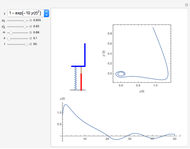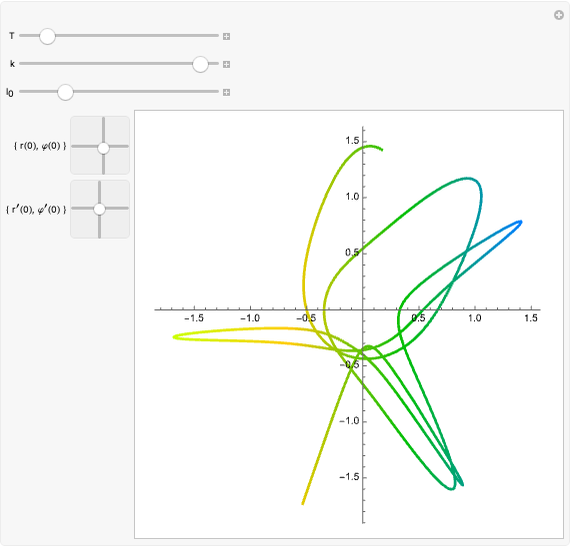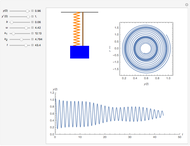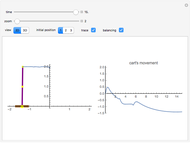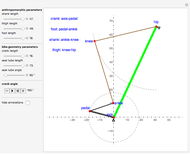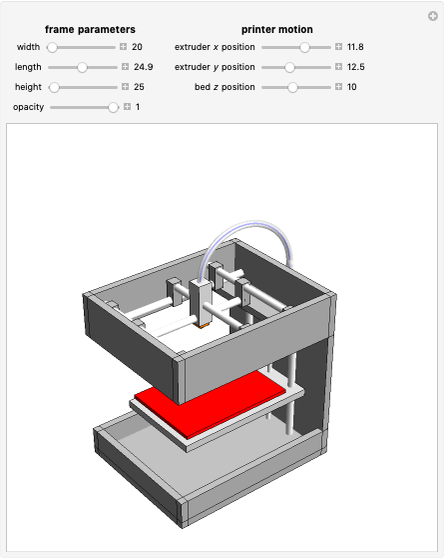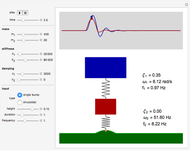Quarter-Car Suspension Model with Double Spring

Requires a Wolfram Notebook System
Interact on desktop, mobile and cloud with the free Wolfram Player or other Wolfram Language products.
The quarter-car suspension model simulates a double-spring mass system. The mass attached to the spring represents the body of the car while the free mass represents the wheel, tire, and suspension.
[more]
Contributed by: Jon Neades (January 2014)
Open content licensed under CC BY-NC-SA
Snapshots
Details
Snapshot 1: single road hump response from a system using typical parameters
Snapshot 2: response of an underdamped system to a single road hump
Snapshot 3: response to continuous input at resonant frequency of mass attached to spring
Snapshot 4: interference effects with no damping
The Demonstration solves the two second-order differential equations that describe a double-spring system:
 ,
,
 .
.
The forcing function  is modeled as either a single cosine shaped bump, such as a road speed hump, or a continuous sinusoidal input. A numerical solution is employed to show the evolution of the system.
is modeled as either a single cosine shaped bump, such as a road speed hump, or a continuous sinusoidal input. A numerical solution is employed to show the evolution of the system.
This Demonstration was inspired by "Simulating Vehicle Suspension with a Simplified Quarter-Car Model" by Erik Mahieu.
Permanent Citation









